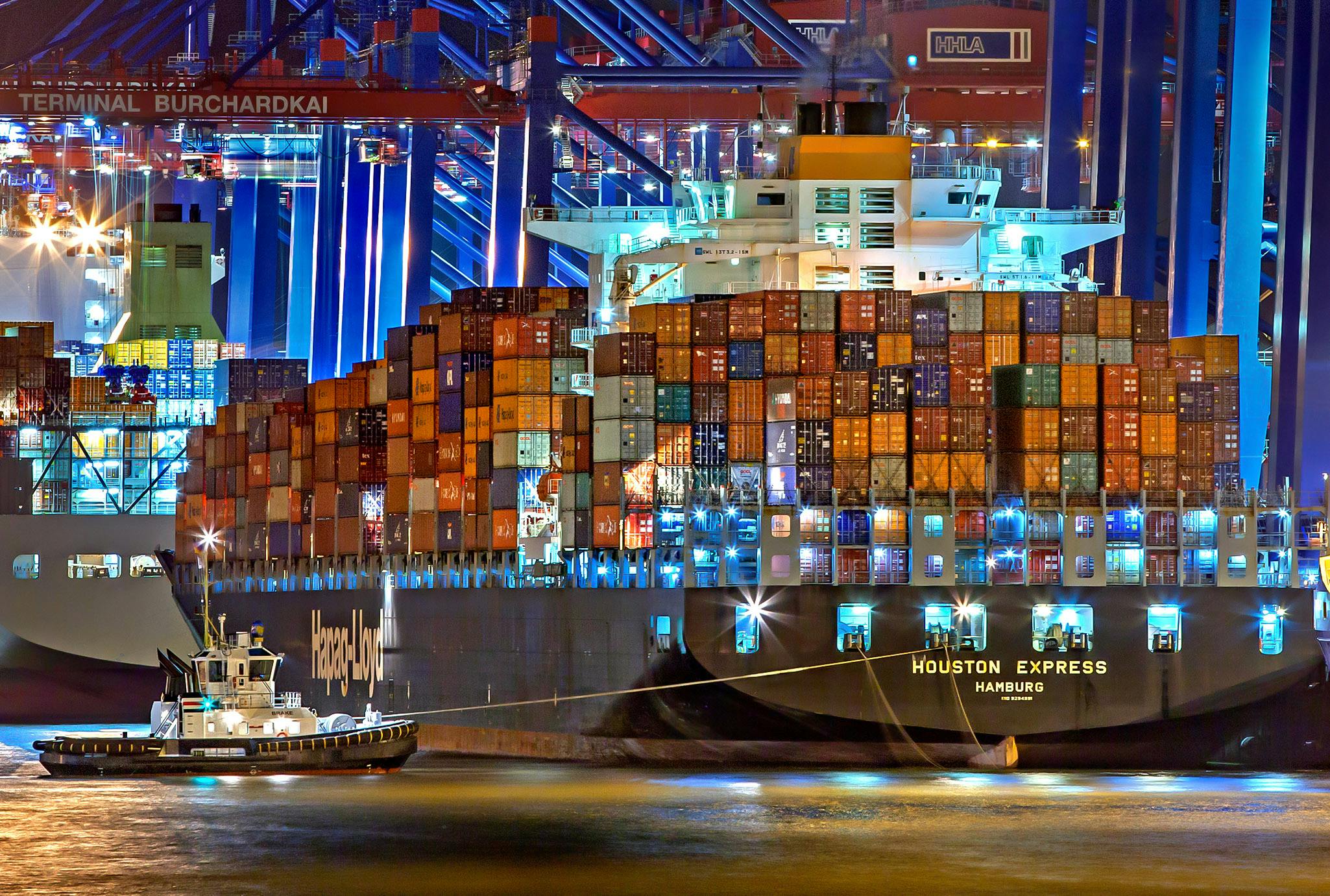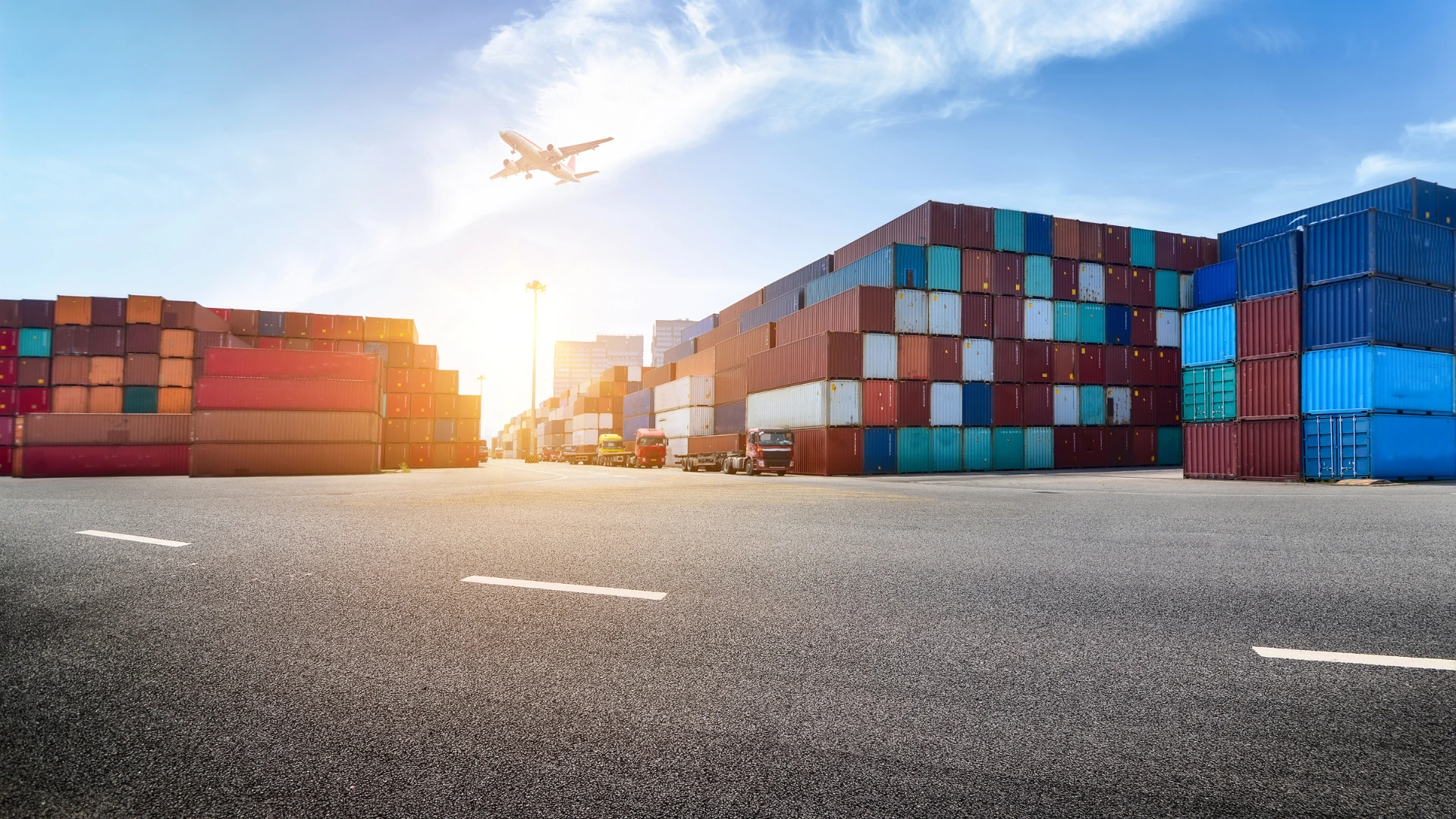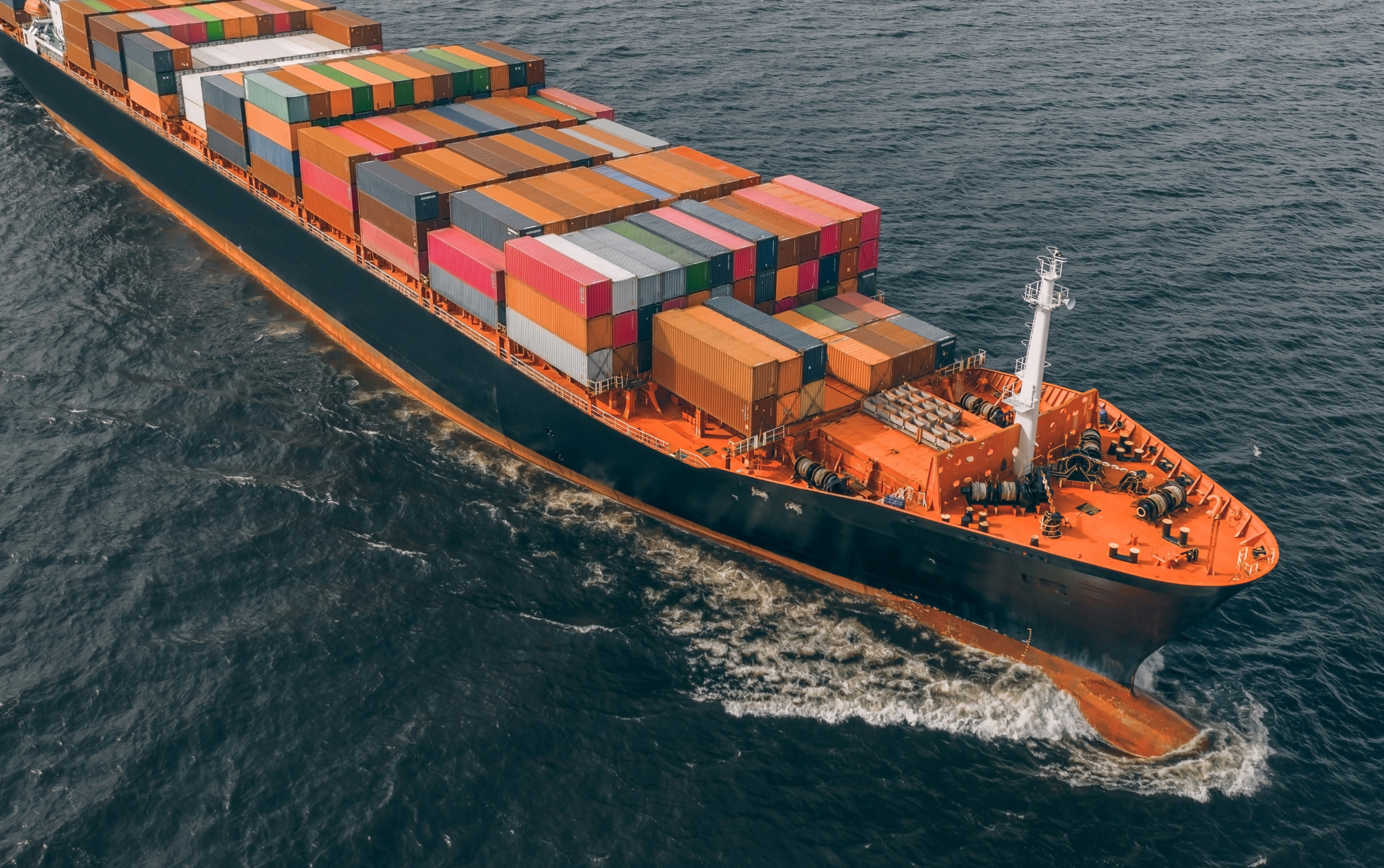Container Availability: Is there Still a Shortage?

The average person might believe that the arteries of the global shipping industry are mainly powered by transport vessels on the roads and skyways. However, that is a mistaken assumption.
Over 90% of all commerce goods worldwide are shipped via sea cargo ships and freighters.
Every commercial product we take for granted daily, from fruit to cars, washing machines, clothes, and toys, is shipped via the shipping lanes of the world's oceans and seas. Over $14 trillion worth of goods is shipped internationally worldwide on cargo ships every year. It can't be understated how crucial the global seagoing shipping lanes are for the continuity of international and domestic business practices. Without the cargo shipping lanes of the oceans and seas, the products that we take for granted daily would disappear from shelves.
The world has gotten a truncated preview of such a scenario. The pandemic of March 2020 and the accompanying global economic shutdown have disrupted international business in incalculable and irreparable ways. But one noticeable consequence is that consumer goods on retailer shelves are becoming scarce. The rules of the e-commerce and traditional business world are being rewritten daily because of the coronavirus pandemic.
Inflation has surged to a 40% high in the United States. And that means the price of selling and manufacturing goods has increased by 8.3%.
It is easy to miss the forest for the trees when examining this economic crisis. It is not just a shortage of goods we must worry about. The global shipping industry is also grappling with a shortage of shipping containers. Every product in the world that we take for granted is shipped in a shipping container. And it's a moot point to have goods ready to go without adequate shipping container availability.
What caused this shipping container shortage?
How bad is it?
And when will it end?
How can the world's business continue if there is a shipping container shortage?
Silq consults with transport companies to help them optimize their business operations and be more efficient. Contact us for a consultation today.
Container Availability is an Ongoing Issue
To best understand the dimensions of the shipping container availability issue, let's briefly define sea shipping containers and why they are so vital to the shipping industry.
TEU Basics
Before the 1950s, the shipping containers for sea cargo ships were nonuniform in size, and that meant it would take a long time to load vessels one by one with varying methods. In the 1950s, American businessman Malcolm McLean conceptualized the modern shipping container.
The TEU, or "twenty equipment unit," is a steel shipping container that is 20 feet long, eight feet wide, and nine feet tall. Some modern sea vessels can hold over 20,000 TEUs on board. McLean also conceptualized mechanized seaports that could load multiple shipping containers simultaneously, expediting loading and unloading times. Shipping containers can be loaded onto ships almost like Lego blocks. Some experts estimate that there are over 25 million TEUs in constant use globally, although over ten times that number of containers may exist worldwide. That is where we transition to the shipping container availability issues.
The Shipping Container Availability Issue
There was a shipping container shortage before the March 2020 onset of the pandemic. However, the problem became accelerated and further exacerbated in its aftermath. The pandemic-induced economic crisis changed consumer shopping habits and dampened demand. However, goods are shipped months in advance based on the very consumer habits and demand that evaporated overnight in mid-2020.
The global shipping industry cannot turn on a dime to accommodate changes in shipping orders or consumer demand, causing a domino effect of actions that crippled the shipping industry.
Empty and Abandoned Shipping Containers
Another vital point to remember is that when a cargo ship is empty, they usually retrieve and ferry empty cargo containers to other ports where they are needed. Now, millions of abandoned shipping containers are sitting where they are not needed. The shipping container shortage problem exponentially worsens every day that a cargo ship unloads without retrieving and ferrying empty containers elsewhere. Rising fuel costs make it too expensive for the reduced number of active cargo ships to retrieve empty containers while maintaining their current operations.
How Long will the Shipping Container Shortage Last?
Some shipping experts have predicted that there will be an increase in new shipping container production in 2021 and 2022. There was a less than 7% increase in the regular production of shipping containers in 2021, which in no way alleviated the problem. No one knows how long the shipping container shortage will last.
What Caused The Shipping Container Crisis?
As previously mentioned, there is no one prevailing valid reason for the shipping container availability crisis. Multiple reasons contributed to the issue. But here are several reasons:
- Labor shortage
- Closed and reduced capacity ports
- Fewer cargo ships at sea
- Increasing fuel costs
- Empty shipping containers abandoned at ports and not being ferried elsewhere
- Empty shipping containers are not being retrieved or ferried to where they are needed
And that last point is essential to remember. For every 100 containers unloaded on a port, only 40 are filled and shipped out again.
And even though there is an incremental increase in shipping container production, rising inflation negates that benefit. The average cost of a TEU was $1,600 before the crisis; it is now $2,500 per TEU. There is no one reason why this crisis is happening. And the accumulated factors are making it worse.
Understanding the Container Index
Businesses grappling with the container shortage should review the Container Availability Index regularly. It's an index that quantifies the availability of TEUs at any given moment.
The CAx was at 0.5 in 2021 and increased slightly to 0.6 in 2022.
A rate of 0.5 means that an equal number of shipping containers are arriving at and leaving ports. Any number over that means more containers are arriving at ports than leaving.
Any number under that means that more containers are leaving ports than arriving.
Steps Businesses Can Take to Combat Shipping Issues and Container Availability
Businesses can learn to fine-tune their budgets and logistics better regarding sea lane shipping.
Or they can start using shipping containers that are smaller in dimension than the standard TEU. Many companies contract smaller spaces in one TEU to fill it up before departure.
Silq Helps You Stay Ahead of Shipping Issues
Contact Silq today to help your company develop supply chain and logistics solutions. Silq will develop customized business solutions to help make your logistic systems more efficient.
Ready for Supply Chain Predictability?
Importers using Silq ship smarter, safer, and with total control.







